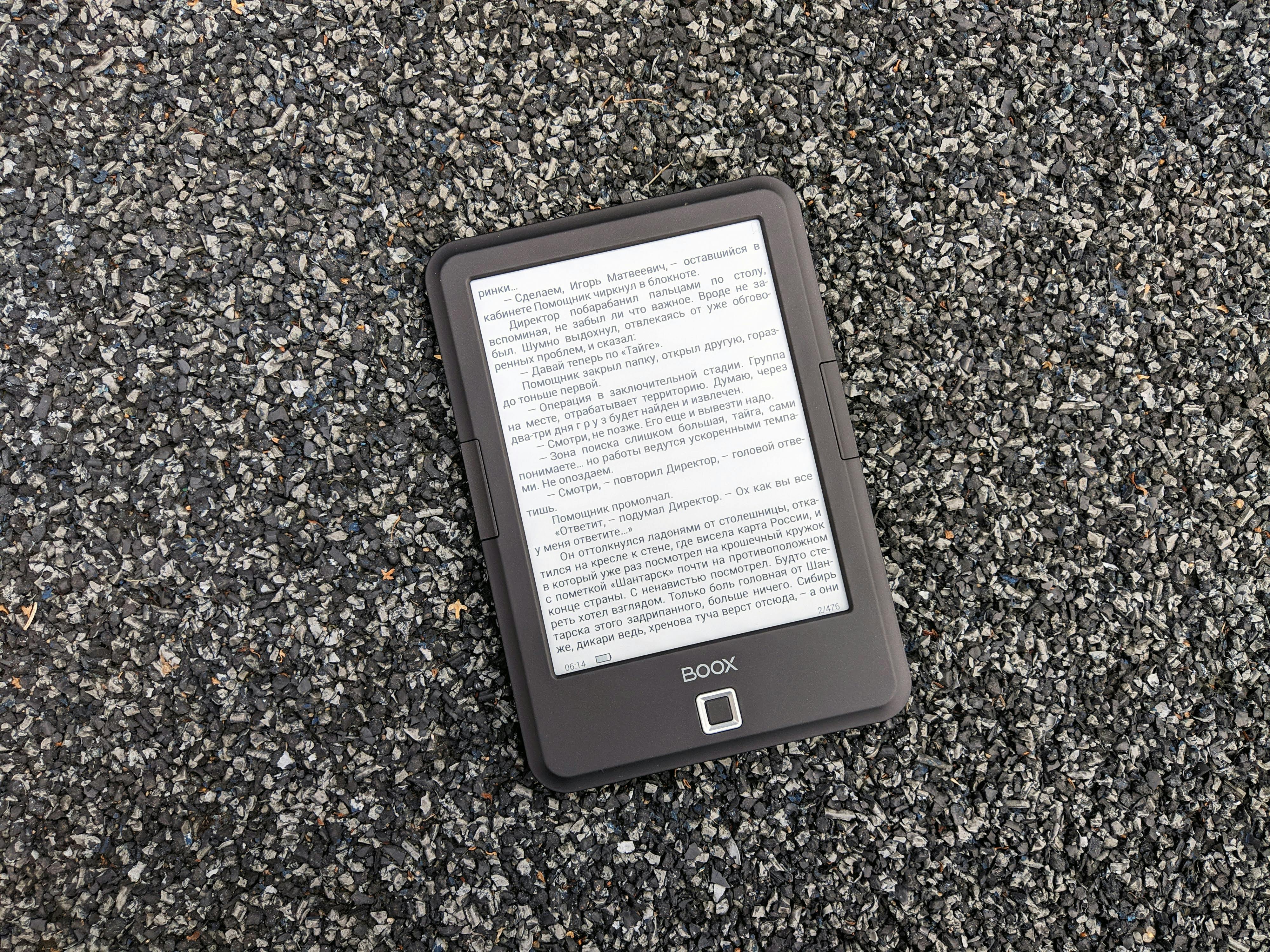The Dawn of E-Ink Technology: A Game-Changer in the Digital World
The digital world is evolving at a neck-breaking speed. Amidst this electronic extravaganza, one quiet revolution is painting a whole new shade in the digital landscape. This revolution comes in the form of E-Ink technology, a game-changer that's rewriting the norms of electronic display and becoming a popular choice for a plethora of devices.

E-Ink Technology: A Brief History
E-Ink technology, also known as electronic paper, was first conceptualized by Nick Sheridon at Xerox’s Palo Alto Research Center (PARC) in the 1970s. The technology was developed with the intent to create a paper-like display for easy reading. It took several decades of research, improvement, and commercialization efforts to bring E-Ink to the mainstream market.
In 2007, Amazon introduced E-Ink in its first-generation Kindle, creating a landmark in the history of e-readers. The technology provided an exceptional reading experience, replicating the feel of reading from actual paper and reducing eye strain.
The Current State of E-Ink Technology
Fast forward to today, E-Ink technology has significantly evolved and found its application in various devices beyond e-readers. From smartwatches to digital signage, E-Ink is proving to be a versatile technology that offers a wide range of benefits.
One of the recent advancements in E-Ink technology is the development of color E-Ink displays. These displays, named E-Ink Kaleido, are capable of showing up to 4096 colors. The new technology is set to revolutionize sectors like digital signage, education, and even fashion, by providing a power-efficient and eye-friendly display option.
Understanding the Dynamics: E-Ink Technology Vs. Traditional Displays
E-Ink screens differ from traditional LCD or OLED displays in several aspects. Unlike traditional screens, which are backlit, E-Ink screens are reflective, meaning they use ambient light to illuminate the display. This results in a comfortable reading experience, even under direct sunlight, and significantly reduces power consumption.
In terms of the market impact, E-Ink technology holds a valuable position. The technology is a preferred choice for devices where power efficiency and readability are critical. While the cost of E-Ink displays is currently higher than standard LCDs, the long-term power savings and the unique benefits they offer make them a worthy investment.
The Future of E-Ink Technology
As the digital world continues to evolve, the demand for versatile, power-efficient, and sustainable technologies is on the rise. E-Ink, with its unique offerings, fits this demand perfectly. We can expect to see more applications of E-Ink in the future, from smart garments to e-paper tickets, and maybe even in large-format displays.
E-Ink’s journey from a concept in a research lab to a game-changer in the digital world is nothing short of remarkable. As we move towards a more digital future, E-Ink technology stands as a testament to the power of innovation and the infinite possibilities it holds.
As we continue to explore and evolve, one thing is clear: E-Ink technology is here to stay, and it’s only going to get better.




